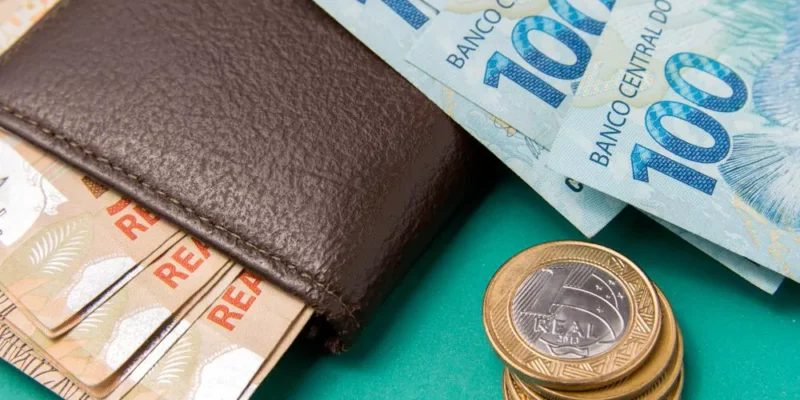For every R$ 1 of default, Brazilian banks only recover R$ 0.13 - that's right: thirteen cents - and only after four years. By way of comparison, in the OECD (Organization for Economic Cooperation and Development) countries, this ratio is much higher: 0.71 for each unit in the recovery time of 1.7 years. Even Latin America is ahead of Brazil: the ratio is 0.31 to one with 2.9 years of recovery.
It is curious to note that this very important index for the credit sector has been falling in Brazil. With the entry into force of the bankruptcy law, which took place in 2005, credit recovery advanced and reached 0.25 per unit. However, the judges decided to relax the application of the law in the following years, which resulted in a decrease to the modest thirteen cents of today. All these figures were collected in a study carried out in the second half of the year by the global consultancy firm Oliver Wyman, which specializes in banking and financial services.
The low rate of credit recovery increases the banking spread, which in Brazil has the unfortunate reputation of being one of the highest in the world. Why is this? For one simple reason: financial institutions are forced to price their losses on the impossibility of recovering a large part of the debts protested in court. As we have seen, R$ 0.87 for each unit is never recovered.
And to this we must add the costs of legal proceedings: lawyer's fees and court costs, basically. As we know, justice is expensive and time-consuming. But the costs don't stop there. We must also consider the hours of work put in by the professionals who work in financial institutions. They need to organize the documents and control the flows and demands of the credit recovery work.
According to a study by Febraban (Brazilian Federation of Banks), the cost of the credit recovery process for the creditor is up to 12% of the total value of the assets given as collateral by the debtor. The criterion used by this survey, which only takes into account debts contracted with guarantees, is to add up court fees, taxes, fees for auctioneers and insolvency administrators (if any), as well as lawyers, among other costs.
The situation is worrying even for these secured loans, which are supposed to be the safest for the creditor in terms of receiving the debt. The recovery rate is also low. According to Febraban, less than 16% of secured loans are recovered in bankruptcy cases in Brazil. The median recovery rate in other countries is 69%.
Want a good example of secured credit? Fiduciary alienation in real estate or vehicle financing. The creditor retains ownership of the asset given as collateral by the debtor until the latter pays off the debt in full. In other words, the debtor only has possession and can, of course, enjoy the asset as long as the installments are paid on time. The property or vehicle is not registered in your name.
For the credit environment to evolve in Brazil, with a reduction in defaults and consistent growth in the credit recovery rate, microeconomic reforms are necessary.
The new Positive Registry, which is being analyzed by the National Congress, is one of these measures. The change to the CP legislation will allow everyone to be automatically included in the Register. Financial institutions will be able to accurately assess consumers' ability to pay. They will be better able to analyze who is eligible for credit and can be more effective in reducing defaults.
Thanks for reading! Access other content at ANBC website.
By: Elias Sfeir President of ANBC & Member of the Climate Council of the City of São Paulo & Certified Advisor




